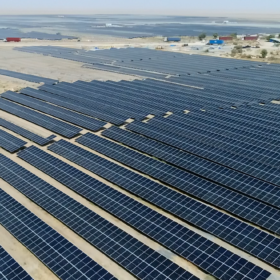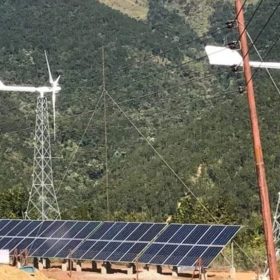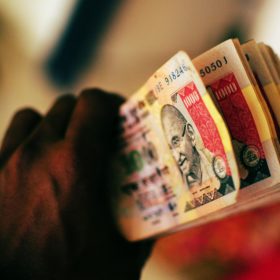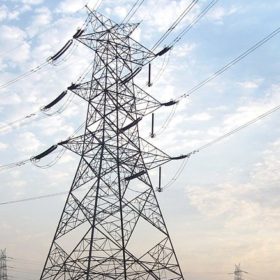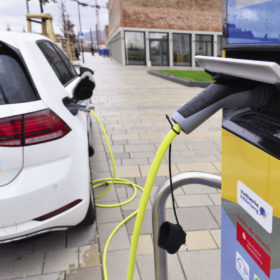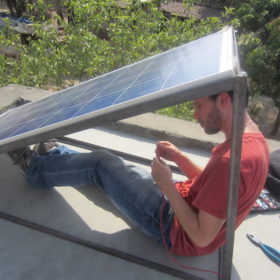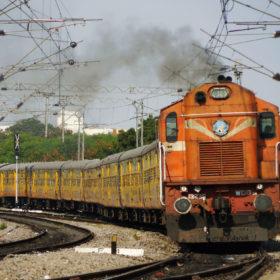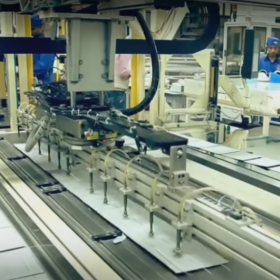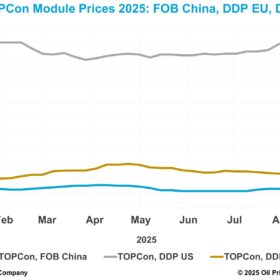ReNew Power expects to commission 3 MW floating solar project before December
The floating solar plant, located at Meghadrigedda reservoir in Visakhapatnam, occupies 0.005 sq. km out of 5 sq.km of the reservoir area.
Engie commissions 200 MW solar plant in Gujarat
The solar plant, spread across 380 hectares in the Raghanesda Solar Park, is Engie’s second-largest PV project in India. It was completed within the schedule, despite the multiple challenges during the Covid pandemic.
Turning Nepal’s solar game around
Until 2016, Nepal suffered from chronic power shortages. At that time, just 65% of the country’s population had access to electricity. Assessing the situation, the International Renewable Energy Agency (IRENA) estimated that the country has the potential for 2.1 GW of installed PV capacity. Although the Nepal Electricity Authority (NEA) has officially been able to buy solar power under long-term PPAs since July 2014, the majority of projects granted these contracts have been large-scale hydropower plants. Following slow activity, plans are finally afoot, however, to boost the country’s solar footprint.
EV maker Euler Motors and energy service firm Smart Joules raise funding from ADB Ventures
Asian Development Bank’s new venture arm ADB Ventures, which invests in technology startups disrupting traditional sectors in the Asia Pacific, has made its first investments into the Indian startups Euler Motors and Smart Joules.
ADB to provide $100 million to upgrade power distribution system in Bengaluru
The funds will be used to move about 7,200 km of overhead distribution lines underground. Besides, fibre-optical cables will be installed in parallel to the underground distribution cables to strengthen the communication network for smart metering, distribution automation, etc.
Tata Motors, Hyundai bag 250 EV supply order from government
The electric vehicles—150 units of Nexon XZ+ and 100 Kona electric—will replace Central and State Governments’ existing fleet of petrol and diesel vehicles.
Covid-19 and dependence on China’s PV supply chain
The Asian Development Bank says developing countries in Asia and the Pacific should consider developing their own solar industry supply chains as the Covid-19 pandemic has exposed their over-reliance on China to carry through the energy transition.
ADB extends $250 million loan to EESL for energy efficiency initiatives
The investment—part of a $592 million assistance package—will be used to promote adoption of smart meters, distributed solar photovoltaic systems and e-vehicles in India.
Indian railways gets $750 million ADB fund for track electrification
The fund will be used for a broad modernization program that will help Indian railways to transition from dependence on fossil fuels to renewable energy.
Funding the key obstacle to renewables in Asia
Banks categorize renewable energy projects as risky and believe they offer lower rates of return than fossil fuel schemes, making them reluctant lenders.

